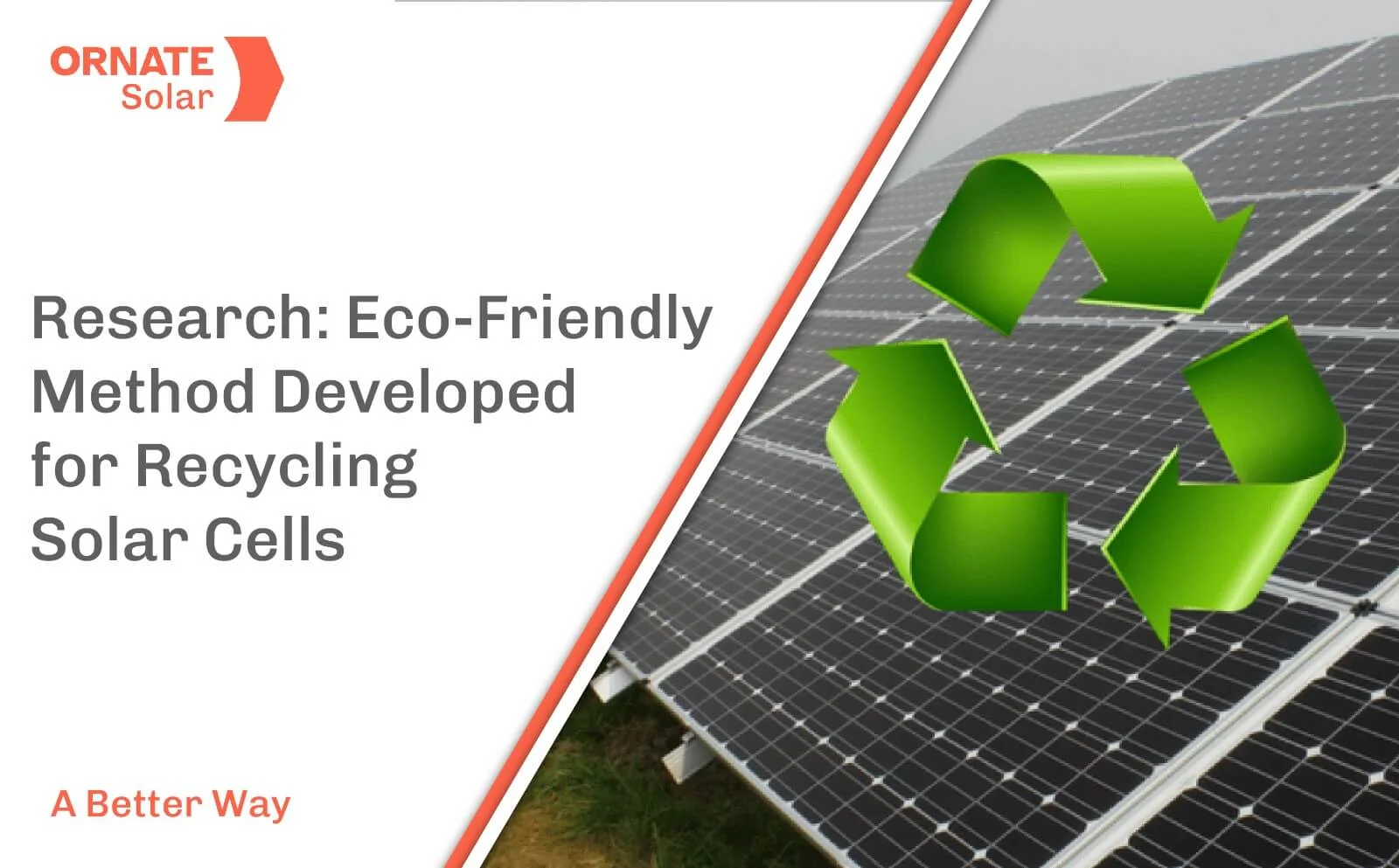

Chalmers University of Technology has recently published a study titled “Valuable metal recycling from thin film CIGS solar cells by leaching under mild conditions” in the esteemed journal Solar Energy Materials and Solar Cells.
The study details a novel approach to solar cell recycling that promises to pave the way for precious metals to be extracted efficiently from thin-film solar cells. Thin-film solar cells are considered the most effective of today’s commercially available technologies and can be made bendable and adaptable, making them useful in a wide range of applications.
Currently, there are two mainstream types of solar cells: silicon-based solar cells, which account for 90% of the market, and thin-film solar cells. Thin-film solar cells are further divided into three sub-technologies, one of which is CIGS (Copper, Indium, Gallium, Selenide), which consists of a layer of different metals, including indium and silver.
Although thin-film solar cells are more effective, the high demand for indium and silver has led to increased production, which has resulted in a growing amount of production waste.
Recycling solar cells is, therefore, of utmost importance to ensure the recovery of attractive metals and reduce hazardous waste. However, until now, high heat and a large amount of chemicals have been used in the recycling process, which is expensive and environmentally unfriendly.
The new eco-friendly recycling process detailed in the study uses a much “kinder” method of leaching, which involves separating metals in thin-film solar cells in acidic solutions.
Although chemicals are still required, this new method reduces the amount needed compared to previous methods, and the process takes place at room temperature without adding heat. The team was able to recover 100% of the silver and 85% of the indium, and the resulting material was found to be much cleaner than previous recycling methods.
To begin the recycling process, first, the film covering the solar cell is checked for its chemical makeup, size, thickness, and material. Then, the solar cell is put into a container with a special liquid that helps dissolve metals.
This liquid is stirred around to make sure the metals dissolve properly. Samples are taken at different times to see how well the process is working. Depending on how the metals dissolve, the process can be stopped early to make the metals purer.
The resulting metal ions can then be easily purified to be reused in the manufacture of new solar cells. The new recycling method is more cost-effective and better for the environment, taking only one day longer than traditional methods.
The hope is that this research can be used as a reference to optimize the recycling process and pave the way for using the method on a larger scale in the future.
About Ornate Solar
Ornate Solar is one of the leading solar companies in India with over 8 years of experience in the industry. We have partnered with the best-in-class global solar brands to provide you with a trustable, affordable, and reliable range of solar panels, inverters, and solar accessories.
We have also developed India’s first Integrated In-Roof system. Ornate InRoof is a roof made out of solar panels, which is leak-proof and looks aesthetically pleasing.
If you are exploring solar solutions, reach out to us at 011 43536666 to discuss your options







Leave A Comment